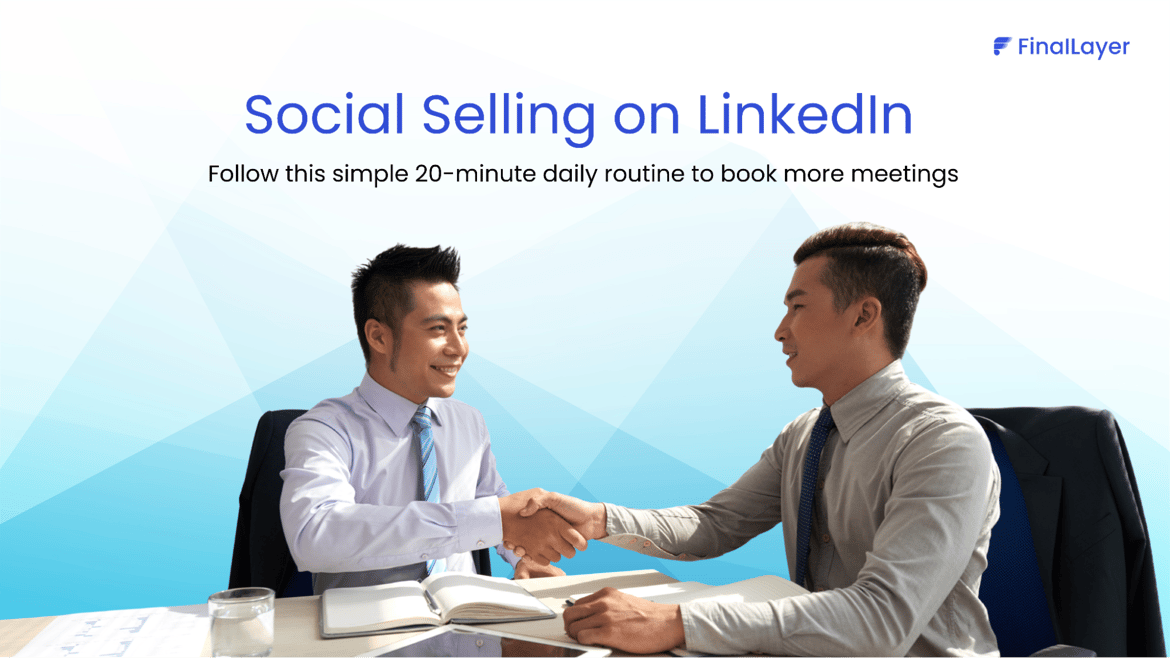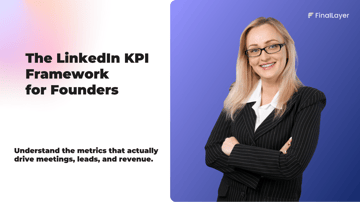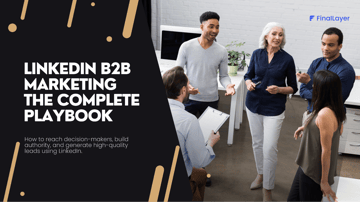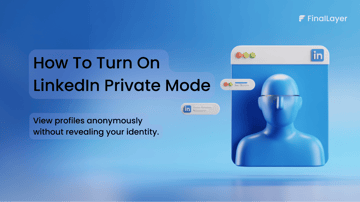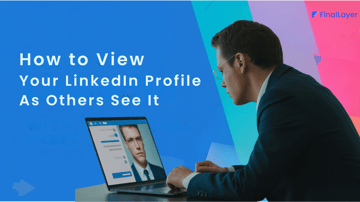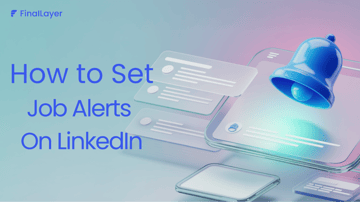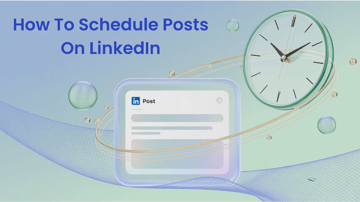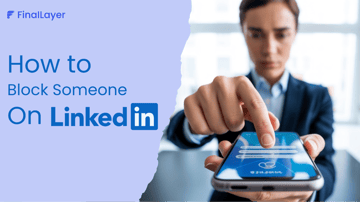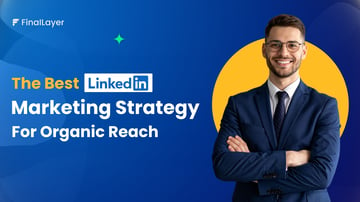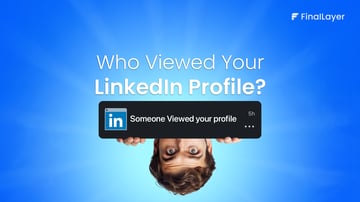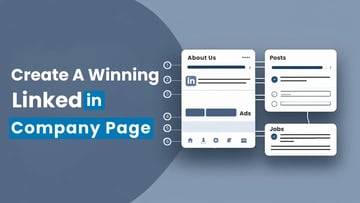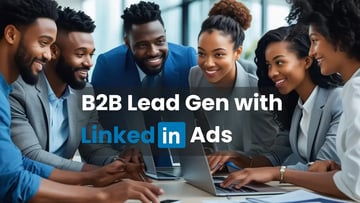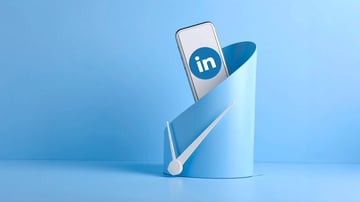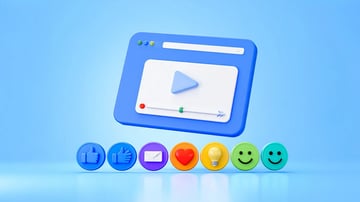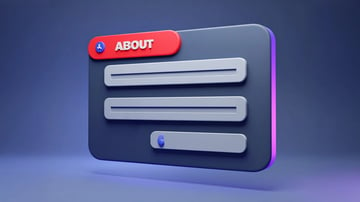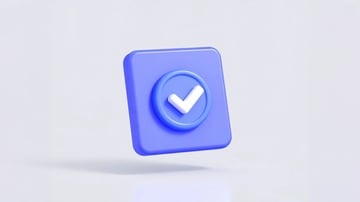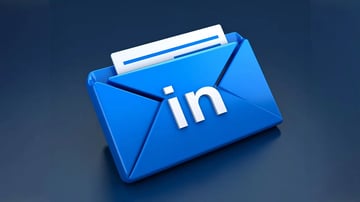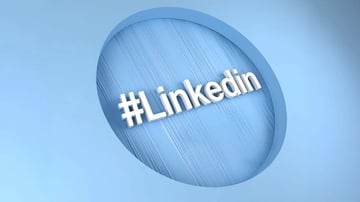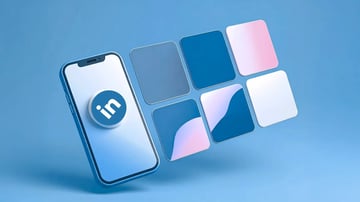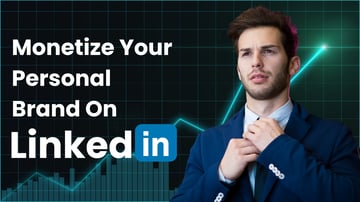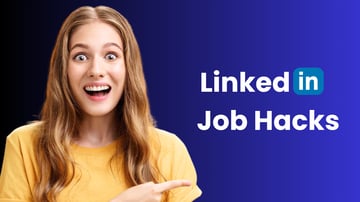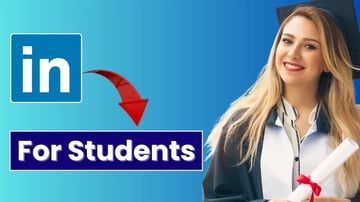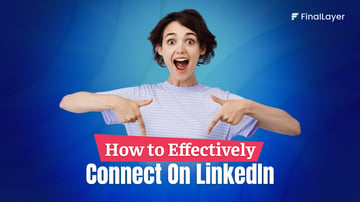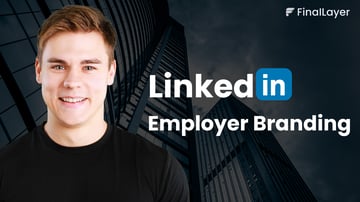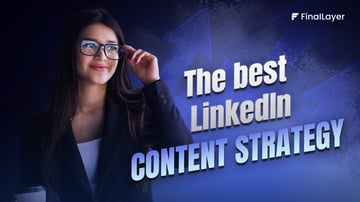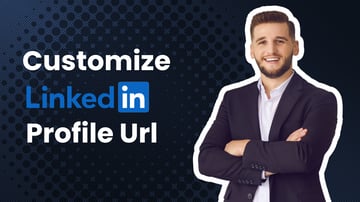Social selling on LinkedIn has quietly replaced the cold call as today’s most effective way to start business conversations. Buyers now live on LinkedIn, scrolling industry insights, checking company updates, and forming opinions long before they ever respond to outreach. Instead of blasting messages or pitching strangers, social selling helps you build trust publicly and connect privately.
It turns your profile into a warm touchpoint, your content into credibility, and your conversations into a pipeline. And the best part? You don’t need hours a day to make it work. With the right routine, just 20 minutes is enough to show up consistently, engage with the right accounts, and book meetings with prospects who actually want to hear from you.
In this guide, you’ll learn simple, repeatable daily LinkedIn social selling tips and routines that sales teams, founders, and B2B marketers use to consistently book meetings without chasing prospects.
The 20-Minute Daily Social Selling on LinkedIn Routine (Step-by-Step)
This is the exact routine top-performing social sellers and B2B founders use daily to stay visible, build relationships, and book meetings consistently without sounding salesy or spending hours online.
Let's break it into four simple 5-minute blocks:
Minutes 1–5: Optimize Your Feed for Buyers
Your feed should show posts from:
- Decision-makers
- Prospects
- Industry voices
- Current customers
- People engaging in relevant conversations
Do this every morning:
- Hide irrelevant posts
- Follow target accounts
- Add 5–10 decision-makers to your feed weekly
This ensures your daily engagement is always seen by the right people.
Minute 6–10: Meaningful Engagement
Social selling works when your name shows up consistently in your buyers’ notifications.
In these 5 minutes:
- Comment on 3 posts from decision-makers
- Add insights, not emojis
- Use mini POVs, one sentence is enough
- Quote-post one high-signal post if relevant
Why this works:
Comments place you directly in front of your buyers without cold outreach.
Minute 11–15: Publish One High-Intent Post
You don’t need to post daily, but posting 3–4 times/week keeps you top-of-mind.
High-intent social selling posts include:
- A pain point explained clearly
- A short case study
- A 3-step framework buyers can use immediately
- A question that reveals buyer intent
- A mini story from a customer conversation
These posts attract prospects who are already thinking about the problems you solve.
Minute 16–20: Soft Outreach
This is not cold pitching. Instead, you send:
- A reply to someone who engaged
- A thank-you message
- A resource you promised
- A voice note with a small suggestion
- A “saw your post, thought you’d like this” DM
High-performing social selling message template:
“Hey [Name], saw your post about [topic]. I’ve got a short framework that might help. Want me to send it?”
This creates conversations instead of resistance.
Why This Routine Works
Because it combines:
- Visibility
- Relevance
- Authority
- Relationship-building
…in a compact system, anyone can follow. And when you repeat this routine for 30 days, your pipeline starts shifting more replies, more conversations, more meetings.
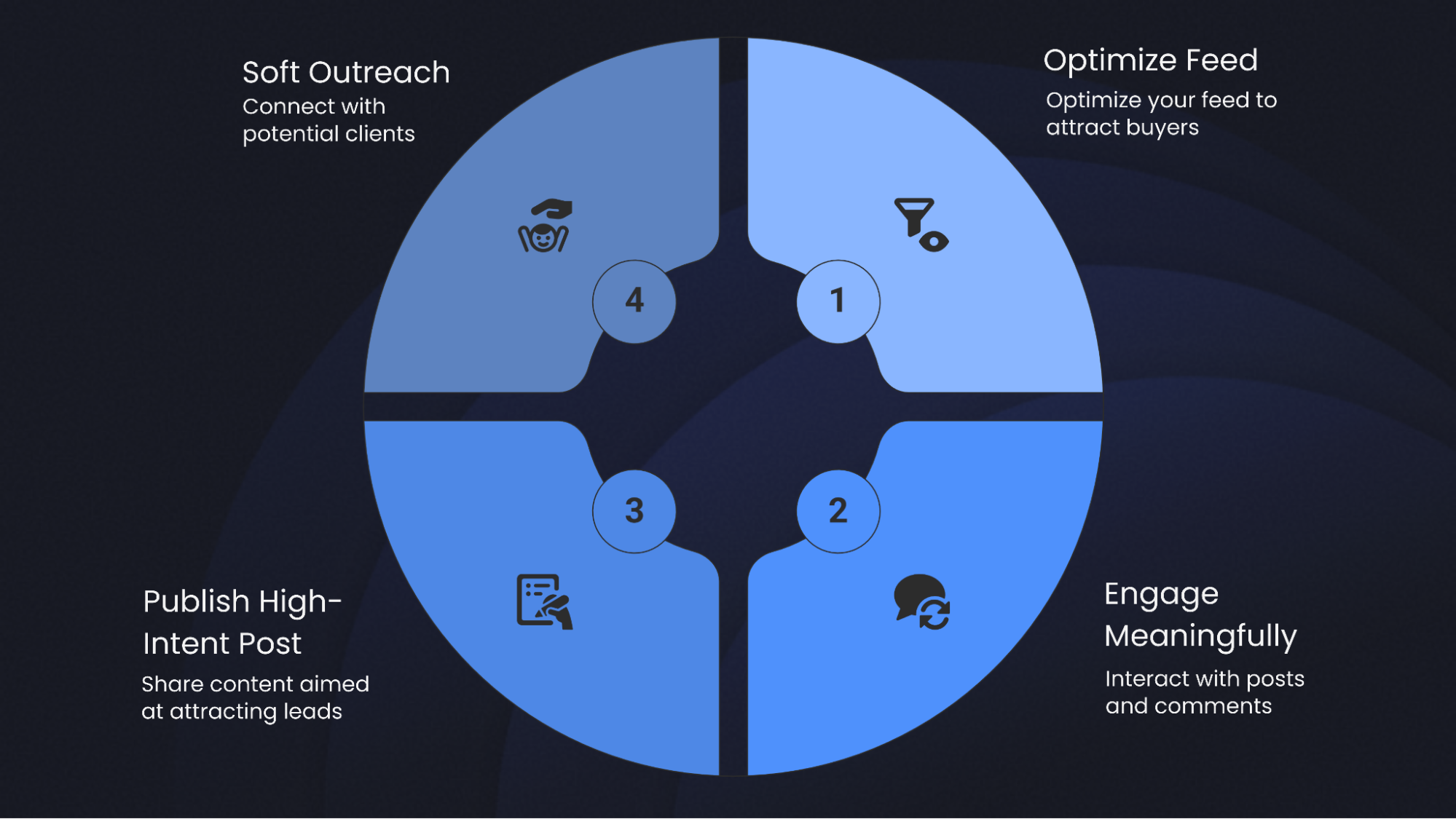
Social Selling KPIs That Actually Matter
Most people track vanity metrics like impressions, likes, or follower counts, but none of these correlate with booked meetings or revenue. Effective social selling requires tracking indicators that reflect buyer intent, relationship depth, and movement toward a conversation.
Here are the KPIs that genuinely matter:
1. SSI Score (Social Selling Index)
LinkedIn’s SSI score gives you a directional signal of how well you're:
- Building your brand
- Finding the right people
- Engaging with insights
- Nurturing relationships
It’s not perfect, but it shows whether your selling activity is increasing your influence on the platform.
2. Engagement From Ideal Accounts (Not Random Followers)
You’re not trying to become a viral creator; you’re trying to influence buyers.
Track:
- Likes/comments from ICP accounts
- Saves from decision-makers
- Profile views from target companies
One comment from a VP is worth more than 100 likes from non-buyers.
3. Pipeline Velocity
How quickly leads move from:
Awareness → Engagement → Conversation → Meeting
If social content + DMs shorten this timeline, your system is working.
4. Meeting Conversion Rate
The real metric of social selling success:
How many conversations turn into booked meetings?
Track:
- DMs that lead to replies
- Replies that turn into value exchanges
- Value exchanges that convert into meetings
If your content and outreach consistently produce conversations that turn into calls, your routine is strong.
Why Social Selling on LinkedIn Works (And Why It Beats Cold Outreach)
Most B2B sellers spend hours sending cold emails, connection requests, and outreach messages that never get opened. Social selling on LinkedIn flips the script. Instead of chasing prospects, you create the conditions where prospects notice you, trust you, and want to talk to you, all through the content and interactions you show up with daily. LinkedIn is the best platform in the world for B2B social selling because:
1. Your buyers spend hours here daily.
Founders, decision-makers, and senior leaders actively scroll LinkedIn to learn, research, and evaluate. You’re influencing them before a conversation ever happens.
2. Visibility builds familiarity
When prospects keep seeing your content, comments, and ideas, you go from “stranger” to:
👉 someone they know
👉 someone they trust
👉 someone they’re open to booking a call with
That’s social selling’s real power.
3. It positions you as a helpful expert, not a salesperson.
While everyone else is pushing generic pitches, you’re:
- solving problems
- simplifying concepts
- sharing frameworks
- offering insights
This earns authority, not resistance.
4. Conversations come to you, not the other way around.
The more consistently you show up, the more your audience sees you as the person who understands their problems. That naturally converts into:
- inbound messages
- conversation replies
- meeting requests
- warm leads asking for help
Social selling doesn’t replace your sales process; it fuels it.
Staying consistent with high-quality B2B content is one of the hardest parts of social selling.
FinalLayer helps you turn complex industry ideas into clear, authoritative LinkedIn posts in seconds, always aligned with your ICP, your niche, and your brand voice. It keeps you visible to the right buyers, builds trust at scale, and supports the daily rhythm you need to make social selling work without spending hours online.
Final Thoughts
As highlighted in the guide as social selling tips, the strongest results come from those who build a rhythm, stay informed, and keep their interactions useful. When you treat LinkedIn as a place to learn from your market, share what you know, and participate in industry conversations, you create a presence that compounds over time. The more you refine your voice and show genuine interest in others, the more opportunities start to appear. Social selling isn’t a shortcut; it’s a mindset of staying visible, staying curious, and staying relevant.
